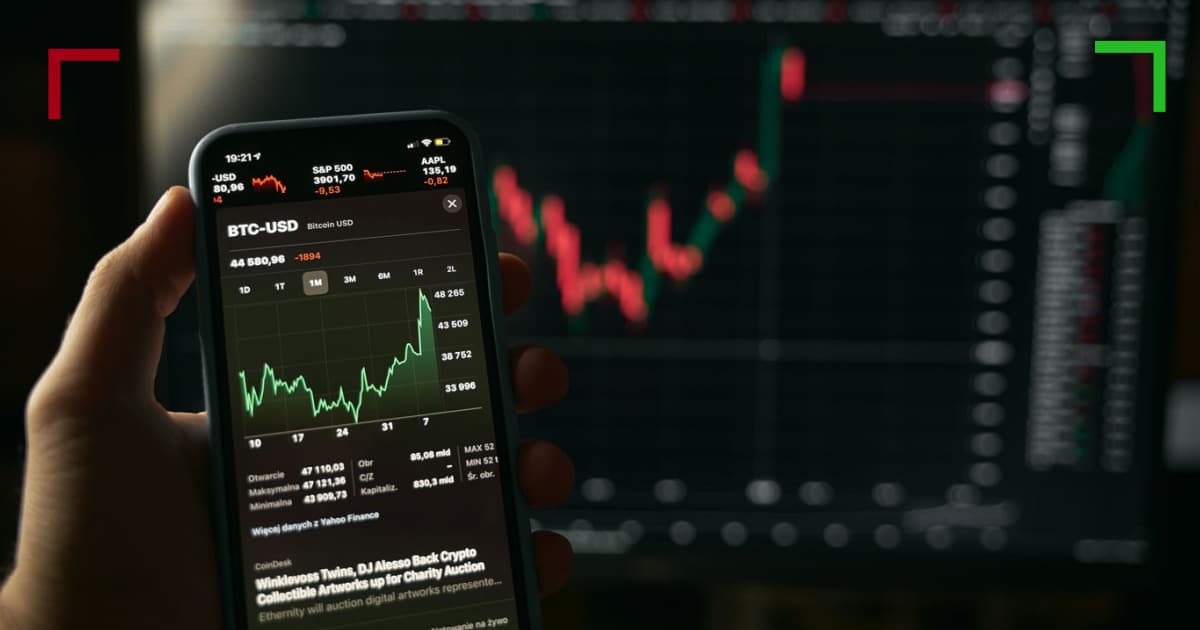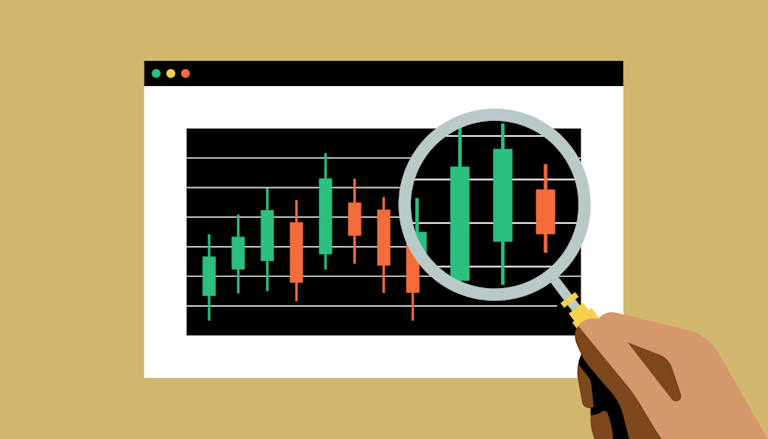
Understanding Trading Crypto Charts
In the world of cryptocurrency trading, the ability to read and interpret trading crypto charts is crucial for success. These charts serve as visual representations of price movements and trading volume over time, providing traders with valuable information to make informed decisions. For an in-depth view, check out this resource: Trading Crypto Charts https://www.newsvoir.com/index.php?option=com_content&view=catnews&catid=148&Itemid=37&page=68. This article explores the fundamental components of crypto charts, various chart types, and effective trading strategies.
1. Key Components of Crypto Charts
When analyzing trading crypto charts, there are several key components you must familiarize yourself with:
1.1 Price
The price is the most critical element shown on a crypto chart. It reflects the current value of a cryptocurrency, which can fluctuate drastically within short periods. Understanding how to identify key price levels, such as support and resistance, is fundamental.
1.2 Time Frame
Crypto charts can be displayed in various time frames, such as minutes, hours, days, and even weeks. The chosen time frame can greatly affect your trading strategy, with longer time frames being more suitable for investors and shorter ones for day traders.
1.3 Volume
Volume indicates the amount of a cryptocurrency that has been traded during a specific period and is often displayed as a histogram at the bottom of the chart. Understanding volume trends helps traders assess the strength of price movements.
1.4 Indicators
Indicators such as moving averages, MACD (Moving Average Convergence Divergence), and RSI (Relative Strength Index) are analytical tools that create trend lines and momentum indicators. These can inform traders about potential buy or sell signals.
2. Common Types of Crypto Charts
There are several types of charts used by traders:

2.1 Line Charts
Line charts are the simplest form of charts, displaying only the closing price over a specified time period. They are useful for getting a quick visual overview of price trends but lack detailed information about intraday price movements.
2.2 Bar Charts
Bar charts provide more information than line charts, showing the opening, closing, high, and low prices for each time period. This enables traders to analyze price movements in more detail.
2.3 Candlestick Charts
Candlestick charts are similar to bar charts but provide more visual detail. Each „candlestick“ represents a time interval and depicts the opening, closing, high, and low prices, alongside patterns that can indicate market sentiment. Candlestick patterns like dojis, hammers, and engulfing patterns are crucial for understanding potential price reversals.
3. Reading the Charts: Tips and Best Practices
Reading and interpreting trading crypto charts will take some practice, but here are some tips to get you started:
3.1 Identify Trends
Look for trends in the charts, whether they are upward, downward, or sideways. Trend analysis helps traders decide whether to buy or sell based on the prevailing market movement.
3.2 Support and Resistance Levels
Identify key support and resistance levels on the chart, which are price points where the asset tends to reverse direction. Understanding these levels helps traders set entry and exit points.
3.3 Utilize Technical Indicators
Incorporate technical indicators to augment your analysis. For example, moving averages can help smooth out price data and provide insights into the overall trend direction.

3.4 Keep an Eye on Volume
Monitor volume alongside price movements. A price change accompanied by significant volume usually indicates a stronger trend than a price change with low volume.
4. Strategies for Trading Crypto Charts
Once you have a firm grasp of how to read trading crypto charts, you can implement various trading strategies:
4.1 Day Trading
Day trading involves making multiple trades throughout a single day based on short-term price movements. Traders need to carefully analyze charts and utilize real-time data to make quick decisions.
4.2 Swing Trading
Swing trading focuses on taking advantage of price „swings“ or oscillations in the market over days or weeks. Traders use chart indicators to identify potential swing points.
4.3 Scalping
Scalping is a strategy to capitalize on small price gaps created by order flows or spreads. Scalpers must be quick and disciplined, often executing dozens or even hundreds of trades in a single day.
4.4 Trend Following
Trend following strategies involve entering trades in the direction of an established trend. Traders look for confirmation signals from the charts to confirm the trend before making a trade.
5. Conclusion
Trading crypto charts can be complex, but mastering this skill is essential for any serious trader. By understanding key components, familiarizing yourself with various types of charts, and implementing solid trading strategies, you will greatly improve your ability to navigate the volatile cryptocurrency market. Remember that continuous learning and practice are critical for success in crypto trading. Start analyzing charts today, and watch as your trading skills grow and your confidence builds in this exciting market.